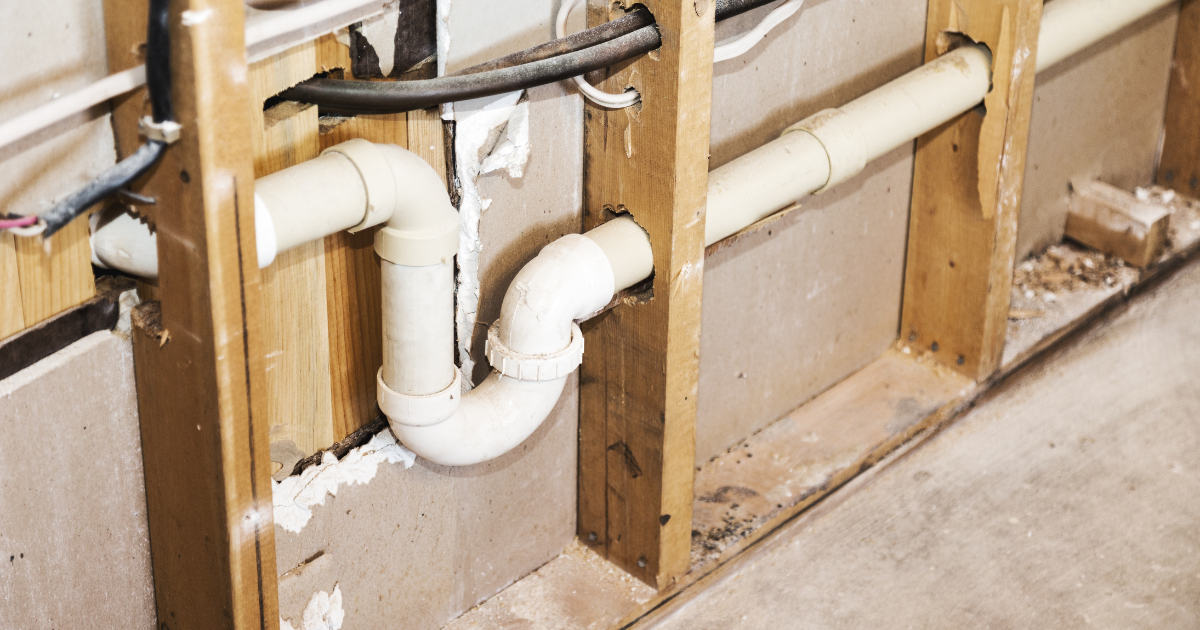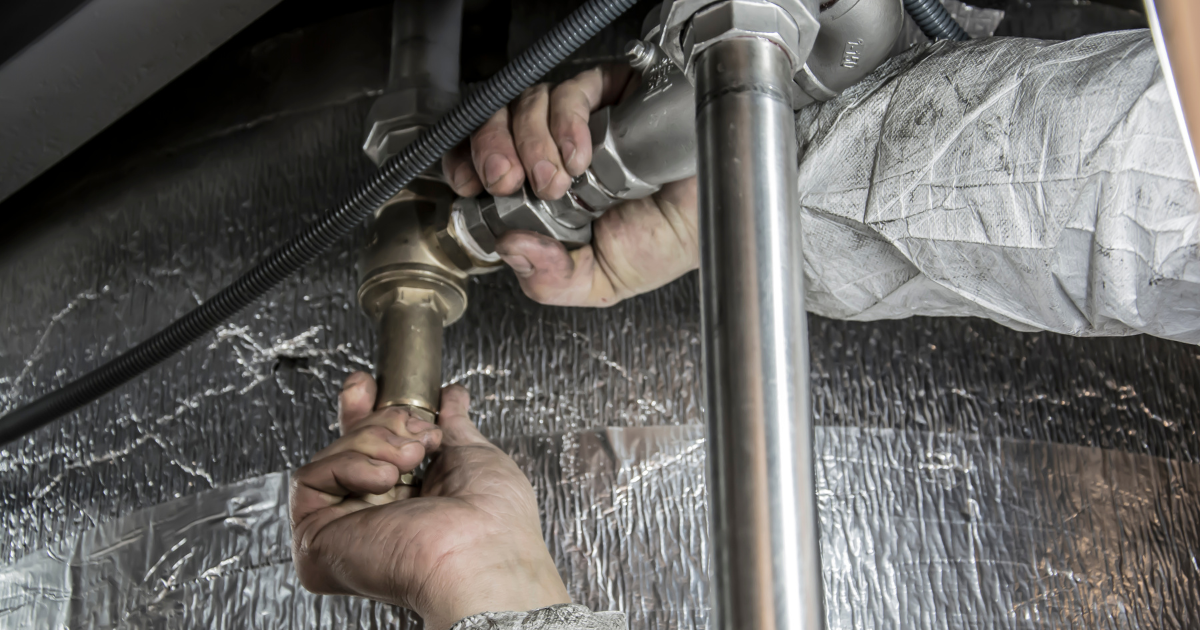10 steps to use a plumbing snake for your toilet
The plumbing snake is one of the most useful tools in a plumber’s arsenal. It is a plumbing tool that is used to clear clogs in drains, sinks, and toilets.
They are used to clear out blockages by forcing them through narrow openings until they reach the clog at the end of the pipe where they can be pulled back out again.
Plumbing snakes come in different lengths and diameters. The length of the snake is determined by how far it will fit into the drain line while still being able to move freely.
A good rule of thumb for choosing the correct length is to have at least 2 feet of snake left after it goes through all the bends in the pipe.
The diameter of the snake depends on what type of clog you’re trying to clear.
Before using it, make sure that there are no loose parts in your plumbing system (such as broken pipes) that could catch and cause damage.
If you have a clogged toilet, it’s not always necessary to call a plumber.
If the clog is not caused by an object that is difficult to remove and does not require any additional equipment or tools, you can easily do it yourself.
Here are some tips for removing clogs from your toilet:
- Turn off the water supply if there is no shutoff valve. This will prevent flooding while you work on clearing your clog.
- Remove the lid and flush tank cover.
- Place a bucket underneath where the drainpipe enters into the wall just below where it exits out of the wall at its highest point (usually about 2 feet above where it
- Clear out any debris around the drain or toilet so that it doesn’t get caught when you pull it out.
- Fill the bowl with water up to two or three inches below the overflow tube (the one that goes into the tank). This will prevent damage to the flapper or other parts of your toilet.
- Use a long screwdriver or other tool to poke through the opening where water comes out when you flush.
- Put something on top of your plunger so that it doesn’t touch anything while pushing down on it repeatedly until water becomes clear again
- Take your plumbing snake and put it into the opening until it reaches the clog.
- Push it through until you see it come out on the other side of the clog. You may need to push some more if there are multiple clogs in there.
- Once you’re done, clean up any spills, uUse a sponge or rag to soak up any standing water underneath your base, and test it out!
Although this process can seem daunting, it’s actually a relatively easy task that can be completed in just a few minutes. And if all else fails, remember that you can always call a professional plumber to do the job for you.
The post 10 steps to use a plumbing snake for your toilet first appeared on MasterCraft Plumbers.


